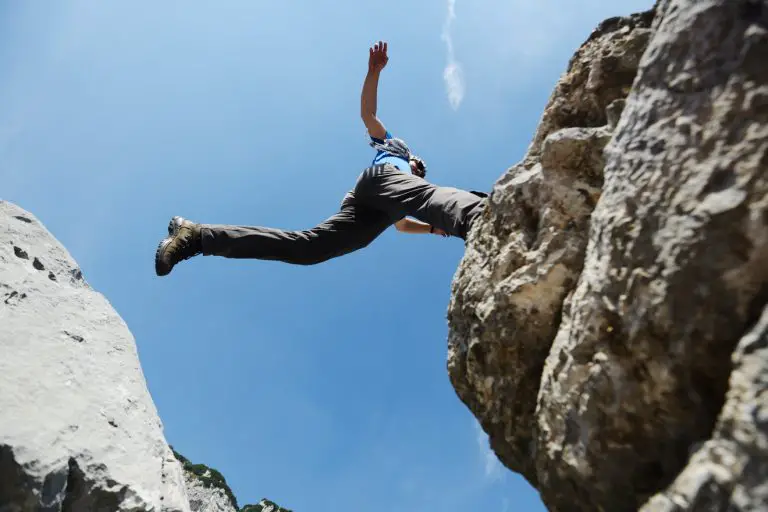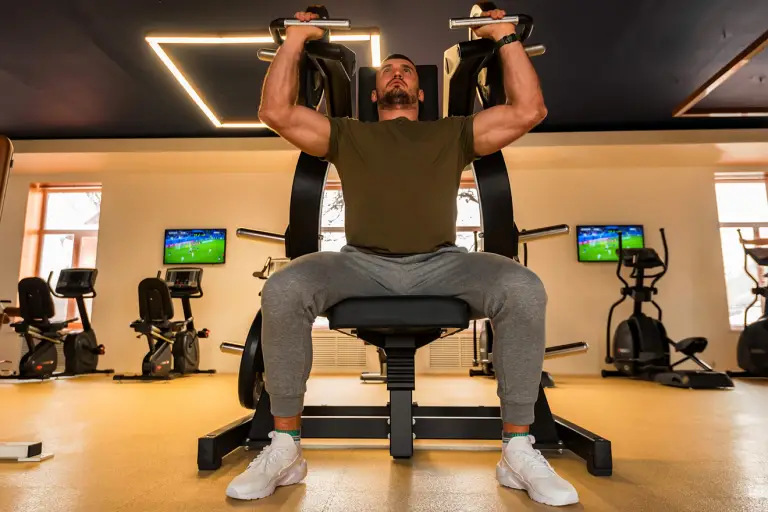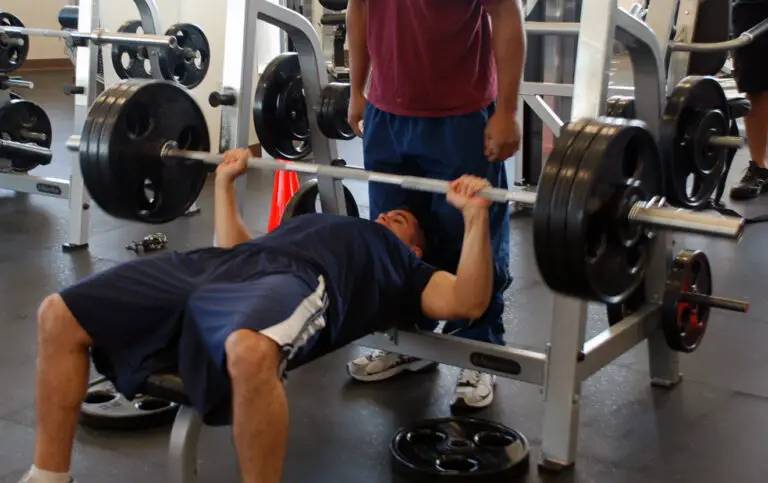Balance training in fitness: why it is key for longevity
Key takeaways
- Balance training improves overall coordination, posture, and athletic performance, making it a key component of any fitness routine.
- Maintaining balance helps preserve mobility and independence as you age, reducing the likelihood of age-related declines in physical function.
- It’s important to train balance so that you will always have a strong base not just for workouts but also in activities of daily life.
A fitness underdog
Balance is often an overlooked component of fitness, yet it plays a critical role in developing strength, preventing injuries, and enhancing longevity. Beyond standing on one leg or walking on a balance beam, balance involves the coordination of the body’s muscles, nervous system, and sensory systems to maintain stability. Whether you’re an elite athlete or someone seeking to stay active later in life, balance training is a cornerstone for a well-rounded fitness routine.
Balance and its role in fitness
Balance is the ability to maintain the body’s center of gravity over its base of support. It is controlled by the vestibular system in the inner ear, sensory feedback from the muscles and joints, and visual input. When these systems work together efficiently, balance is maintained.
In fitness, balance ensures stability during both static and dynamic movements. It enhances the body’s ability to respond to sudden changes in position, such as shifting weight or reacting to uneven surfaces. Without good balance, even basic movements like walking, bending, or lifting can become risky and inefficient.
Balance as a foundation for strength
Balance is essential for building and maintaining strength. Many strength-training exercises—such as squats, lunges, and deadlifts—require a stable base. Proper balance ensures that the right muscles are activated during these movements, which enhances performance and prevents compensatory patterns that can lead to injury.
For example, performing a single-leg squat requires strength and stability in the supporting leg, core engagement to maintain posture, and coordination across various muscle groups. This type of exercise not only builds muscle but also enhances proprioception, the body’s awareness of its position in space, which improves overall movement efficiency.
Athletes, in particular, benefit from balance training because it enhances power and agility. Sports that require quick directional changes, such as soccer or basketball, depend on balance to maintain control and reduce the risk of falls or missteps.
Enhancing core strength through balance training
The core muscles—comprising the abdominals, obliques, lower back, and pelvic muscles—play a pivotal role in balance. A strong core stabilizes the body, ensuring that movements are controlled and efficient. Balance exercises inherently engage the core, making them an effective way to strengthen these muscles without the need for isolated core workouts.
Planks on unstable surfaces, single-leg exercises, and balance-focused movements like the high bird-dog plank or stability ball rollouts are excellent examples of exercises that target core stability while enhancing balance. These exercises improve posture, spinal alignment, and the ability to transfer force through the body, all of which are crucial for functional strength.
Preventing injuries and enhancing longevity
One of the most significant benefits of balance training is injury prevention. Poor balance increases the risk of falls, which are a leading cause of injury, particularly in older adults. By improving balance, individuals can reduce their risk of falls and associated injuries, such as fractures or sprains.
Balance training also enhances joint stability, particularly in the ankles, knees, and hips. Strong, stable joints are less prone to injury during dynamic movements like running, jumping, or lifting. This is especially important for aging individuals, as joint stability naturally decreases with age due to muscle loss and changes in proprioception.
Moreover, maintaining balance skills can contribute to greater independence in later life. Activities such as walking on uneven surfaces, climbing stairs, or reaching for objects require good balance, and maintaining these skills can improve the quality of life and extend functional longevity.
Incorporating balance training into your routine
Balance training doesn’t require specialized equipment and can be easily incorporated into any strength training routine. Exercises such as single-leg stands, heel-to-toe walking, or using balance tools like stability balls and balance boards are effective options.
Younger individuals and athletes may benefit from dynamic balance exercises that challenge coordination and agility, such as single-leg hops or lateral bounds. Older adults should focus on exercises that improve static balance and stability, such as standing on one leg with eyes closed or gentle yoga poses like tree pose.
It’s important to progress gradually and ensure proper form to avoid injury. Working with a fitness professional can help tailor balance training to individual needs and abilities.
Psychological benefits of balance training
In addition to the physical benefits, balance training offers mental and cognitive advantages. Maintaining balance requires concentration and focus, which can enhance mindfulness and mental clarity. Studies have also shown that balance training can improve cognitive function, particularly in older adults, by stimulating neural pathways related to coordination and spatial awareness.
Underdog no more
Balance training is a crucial but often underestimated component of a well-rounded fitness routine. It enhances strength, core stability, and joint health while reducing the risk of injury and promoting longevity. Whether you’re an athlete seeking to improve performance or someone aiming to stay active and independent later in life, incorporating balance exercises into your routine can provide profound benefits.
By prioritizing balance, you’ll not only improve your physical capabilities but also enhance your overall quality of life, proving that balance truly is a foundation of fitness.
Written with the assistance of AI. Reviewed and edited by Marielle Livelo.







